There is immediate response from his students — uproar, actually — affront, in many ways. That version of this very old idea in this young form, half a century or so now, has slowly gained momentum and consequence in the world, particularly in the 21st century. In 2008, Ecuador became the first nation state to recognize the rights of nature in its constitution. In 2017, the Whanganui River in Aotearoa, New Zealand, had its legal personhood, its legal standing, recognized in a parliamentary act, and a body of guardians was appointed to speak with, to and for the river in debates and legislation going forward.
The rights of nature
Professor of Literature and the Environmental Humanities, Writer
- The idea that people are leaving a legacy on the earth that will be visible in the geological record for millions of years to come carries an ethical charge.
- A river or a forest possibly being a rights-bearing entity is a radical act of moral political imagination. ‘Rights of nature’ has progressively been embedded in the legislation of several countries but remains under attack.
- Solastalgia is the psychic distress that comes from a place changing around you to the point of being unrecognizable, without you having moved anywhere.
- Hope is a discipline and despair is a luxury. Indefatigable activists, land and water defenders are confronting the interest of power and making audible, perceivable and expressible the intricacies of our lived world.
The shock of the Anthropocene
In 2000, as is now pretty widely known, a new name was proposed for the geological epoch that we inhabit and that at some level we have substantively created. That term proposed by Sturm and Crutzen was the Anthropocene. We were up until that point, and technically, according to the stratigraphers, still are, in the Holocene. The Holocene took over from the Pleistocene at the end of the last glaciation, and the Holocene, 10 to 12,000 years long, has been the time of extraordinary flourishing for our species — so much so that in terms of our sheer number and the amplification of our processes and consequences that technology has given us (or inflicted upon the Earth, depending on your perspective), we are now so titanic in our terraforming and planet-shaping activities that the legacy we leave, it is now thought, will be legible both as absences and as presences in the strata in the rock record for millions of years to come. The stratigraphers themselves have rejected the idea of the Anthropocene. The name and the proposal have come in for all manner of generally very good and constructive criticism — for example, that it generalizes the cause of damage to anthropos to the species, whereas in fact it is, depending on your perspective, a system (capitalism) or a small proportion of the world's inhabitants who are the main inflictors of that damage. What Christophe Bonneuil calls the shock of the Anthropocene did shock me when I first met it. The idea that we are leaving a legacy that will be legible for millions of years to come carried an ethical charge to me.
Nature has rights
I have been interested in rivers, in the idea of life (what is alive and what is dead) and how the boundary between life and death is policed and patrolled — what Jacques Ranciere calls the partition du sensible. I have been particularly fascinated by one manifestation of these debates, these struggles, which is the idea of the rights of nature. This has, like any big idea, many roots, many of them going back thousands of years in indigenous communities in particular. Within Western rights law, it has a particular beginning, and that is in 1972. A Californian law professor named Christopher Stone, trying to get the attention of his bored property law class at the end of a long seminar — he is talking about rights — suddenly says, “What if mountains and rivers and forests had rights?”
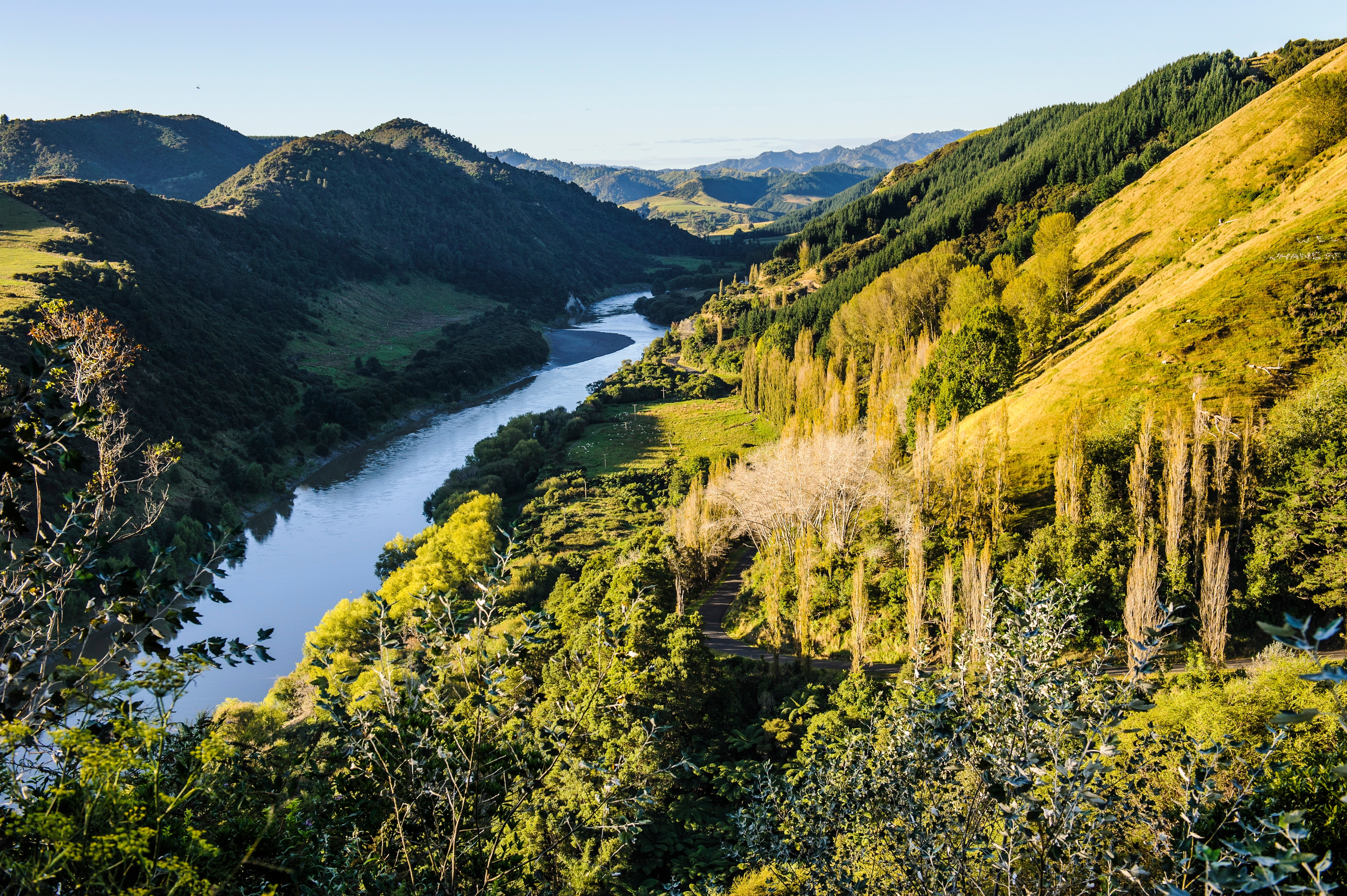 The Whanganui River © Shutterstock
The Whanganui River © Shutterstock
These legal milestones have begun to manifest. In 2022, the Mar Menor lagoon in Spain became the first water body in Europe to have its rights and legal personhood recognized in European legislation. Things are happening, momentum is building and a great challenge is being mounted in this form to old anthropocentric structures of rights law.
Beyond legal rights
The idea that a river might be a rights-bearing entity is in law, but ontologically, in terms of being, very confronting to Western structures of being, of law-making, of judgment. That is one of the reasons I find it very fascinating — because of the immense confrontation it issues to ideas that are so naturalized as to be invisible. I sometimes make the point to people who are surprised to think of a river as potentially having rights, which we are acknowledging rather than bestowing, by pointing out that in the UK, in European and in American law, corporations have rights. Corporations have a whole suite of rights guaranteed in part in Europe by the European Convention on Human Rights. The notion that a more than human entity, a complex assemblage of humans and technology, in the case of a corporation, might be rights-bearing, we have naturalized to the point of invisibility. The idea that a river, who has flowed through the landscape for 10,000 years since the ice retreated, might bear rights is seen as a preposterous, even dangerous, one. I was once described in The Guardian as a heretic for proposing and arguing for the rights of nature. This is the kind of criticism that we need right now in a world that is on a crumbling ecological brink.
Reporting river murder
In March 2017, a police station in India got a surprising phone call. The phone call was from a man, an activist named Bridge Khandelwal. He called and said, "I want to report a murder." The police said, "Tell us more. Who, where, what?" He said, "The murder of a river." Of course, they began laughing at him, put the phone down and laughed the case out of the station. The point of his call was that earlier that month, the provincial regional High Court in India had recognized the Yamuna River and the Ganges River both as gods, as living beings and as rights-bearing sacred entities. This followed hard on the heels of the so-called Te Awa Tupua River Claims Settlement Act, which was passed at the beginning of that month in Aotearoa, New Zealand, recognizing the rights of the Whanganui River. The Indian judiciary followed suit very rapidly afterwards and Khandelwal decided to take that opportunity to instantiate the idea that if a river is a being, if a river is alive, if a river is a god, then it can be killed. It can be murdered.
Los Cedros resistance
In 2008, Ecuador recognized, in this radical act of moral political imagination, the rights of nature in its constitution, articles 71 to 74: the right of nature to exist, to flourish and to persist. Those articles also made it possible for any citizen to bring a case within the Ecuadorian court system on behalf of nature, Pachamama, if they felt that nature's rights were being violated in some way — an amazing moment in modern environmental imagination and legislation. In 2021, those rights were invoked and they gave the power and philosophical force to a judgment that was handed down to protect a cloud forest called Los Cedros, the cedar forest in the northwest of Ecuador, from what would have been obliteration by gold mining and secondary copper mining interests.
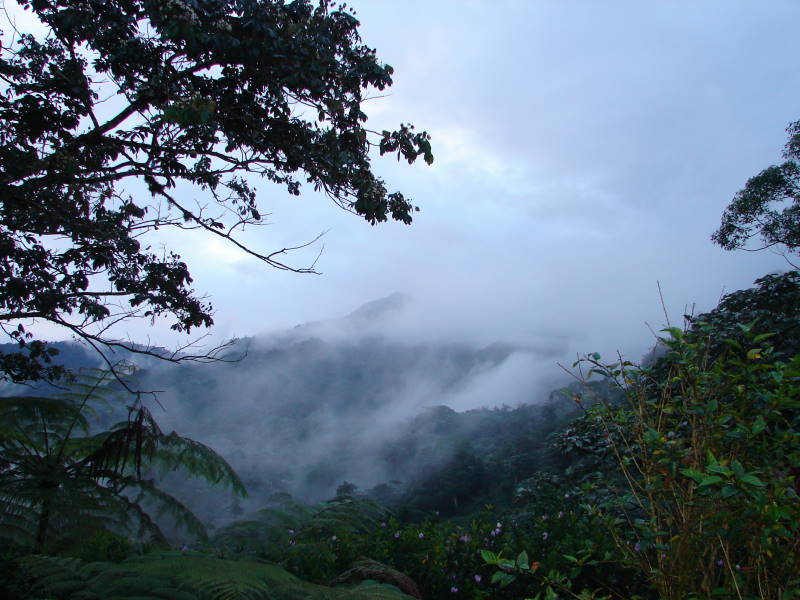 Los Cedros © Diego Tirira
Los Cedros © Diego Tirira
There was a concession over the forest, but the judgment was handed down: the rights of nature, the forest, its rivers, to exist, flourish and persist were recognized, and the mining companies were forced to leave. They left within ten days. It sounds like a fairy tale ending, but, of course, it is not an ending; it was a fairy tale moment in which the rights of nature came good, gained force on the ground.
Now, the Constitution itself, including the rights of nature, are under attack from the young president Daniel Noboa, who has really taken aim at land and water defenders, environmentalists, human rights and indigenous rights activists within Ecuador and at the Constitution and at the Constitutional Court judges themselves. He has called a national referendum for November to decide on whether to reopen and, in effect, tear up the 2008 constitution and redraw it. It is very clear that if a 'yes' is delivered, and they do reopen the Constitution, the rights of nature will be gouged out of that new version.
Caring for the invisible
In Chennai, I traveled with a remarkable young Tamil activist, water campaigner and river guardian named Yuvan Aves. Yuvan said something to me that has remained with me, and it happened when I was looking at his rivers, which were as close to biologically dead as any I have ever seen: 0% dissolved oxygen, zero species count for much of the year. I said, "These are dead rivers." He said, "Barrenness is almost always a state of mind and very rarely a state of place." He then proved that to me by taking me to these rivers and helping me see the ways in which, despite everything, life was finding a way around them, and even at times within them. It reminded me of earlier versions of that conversation; the perception of a place as a terra nullius, as a kind of void, is often in the interests of power — because if you evacuate meaning, life, story, history, culture from a place, then it becomes more easily disposable, more easily usable.
In the late 2000s, I became very involved in a campaign to save the Brindled Moor of Lewis on the Outer Hebrides, this great self-similar expanse of moorland which the mega company that was wanting to develop it cast as a wilderness, as a void. The particularly Gaelic-speaking culture on those islands saw it completely differently ecologically, culturally and in terms of story. The campaign was a fascinating one because it was predominantly cultural in drive. It was an attempt to restore or make audible, perceivable and expressible again the intricacies of that moor. It went from being a developable void, terra nullius, to becoming a lived world — a habitable and inhabited world. They won. They won on that basis.
Can a river die?
In "Is River alive?" I try to ask and imagine what it means, what follows, if we conceive of rivers as having lives, as having rights and as having deaths. It is relatively easy to imagine a dying river or a dead river. We know what that looks like, and we know what it feels like. I know particularly because I live on chalk, 99-million-year-old chalk, here in Cambridgeshire, and very near my home are springs. There are very few chalk stream rivers in the world.
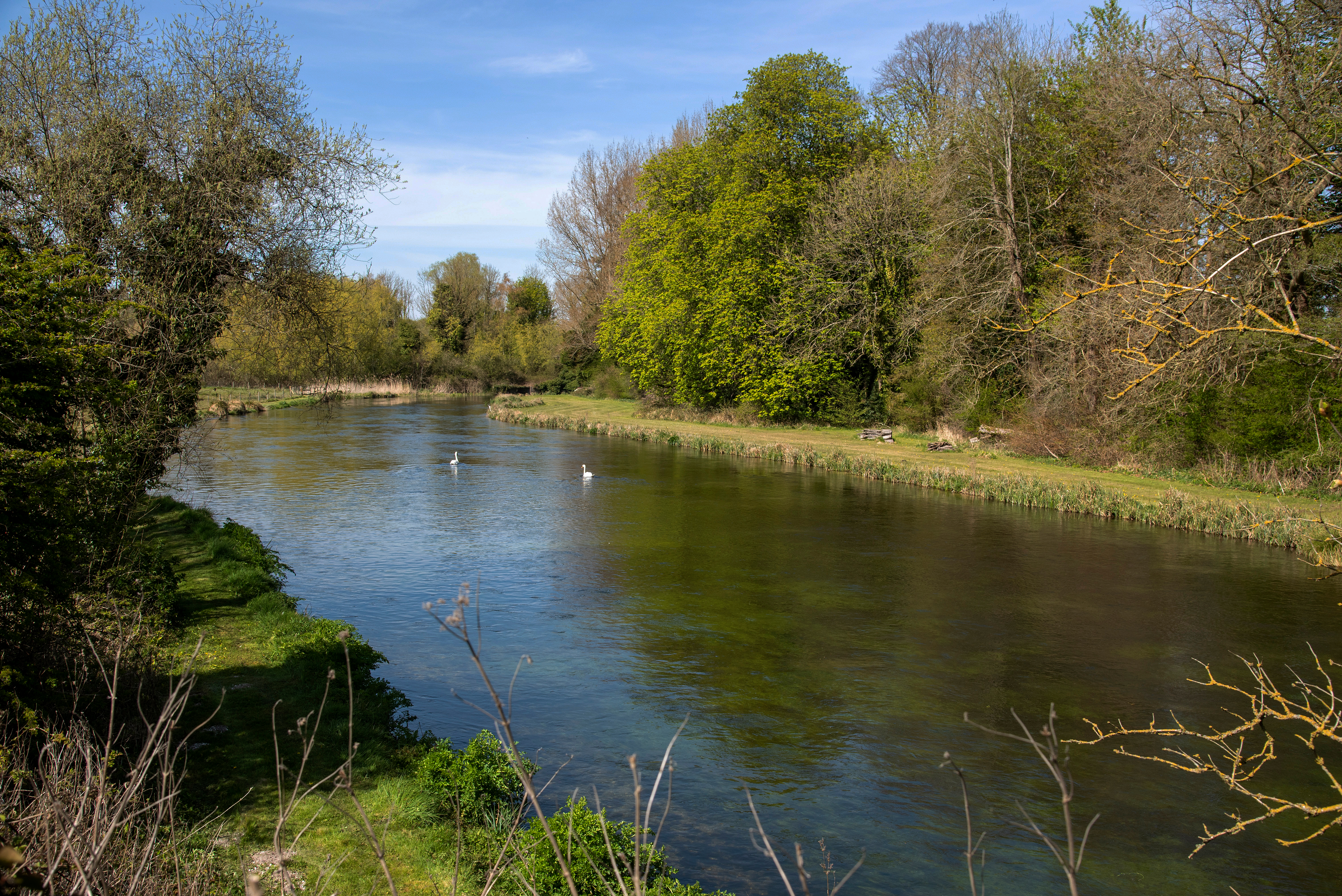 The River Test chalk stream © Shutterstock
The River Test chalk stream © Shutterstock
There are about 280, depending on how you measure them, and 85% of those are in England. The rest are in northern France. I live on a rare kind of river, and I also live in and around a river system that is under sentence of death: abstraction levels, population growth in the southeast of England, climate change and global heating are all conspiring to put the chalk stream network in its entirety under threat of extinction, possibly by 2050. I see dead chalk streams all around me. They are gone. There is no water to run them. They are overgrown ditches. Even that affront, that recognition, that a river system is vulnerable to something like death, I have found enormously troubling but also enormously animating. It has become a heuristic as I have traveled around the world talking about rivers, about their rarity, about how our fate has flowed with theirs for so long and will continue to do so. The heuristic is, can you imagine a river dying or a dead river? The answer is almost always yes.
Rivers as warnings
We are not the first to have lived through a crisis in our river system. In fact, if you go back to the mid-19th century, you would find England's rivers in a far worse state of pollution than they are currently, though things are very dire now. On the Czech-German border, on the River Elbe, there are these extraordinary objects called drought stones, which are bedrock boulders that only get exposed when the river's level drops desperately low — basically, in times of extreme and sustained drought. They are drought stones because they were carved at times of drought, in times when they were exposed, with warnings, and there is one which says, in German, "If you see me, weep." They carry warnings. They remind us that we are not living uniquely through an end times, although there are other ways in which we are. They have a huge power. They remind me that in the very oldest written story, a really long poem in world literature, the "Epic of Gilgamesh", there, too, the bull of heaven is sent down as a punishment for crimes that Gilgamesh and Enkidu have committed. One of the things the bull of heaven does is drink the river’s level low. It drinks so deeply that it causes the river to drop. The bull is drought. These cycles have been ongoing for as long as we have been writing them down and long before that, too.
Solastalgia
The Australian eco-philosopher and linguist Glenn Albrecht coined an unforgettable (to me) term, solastalgia. Solastalgia is like nostalgia, but where nostalgia is the pain of remembering a place or a time from which you have been estranged by distance or the passing of years, solastalgia is, in Albrecht's definition, the psychic distress that comes from a place changing around you to the point of being unrecognizable without you having moved anywhere.
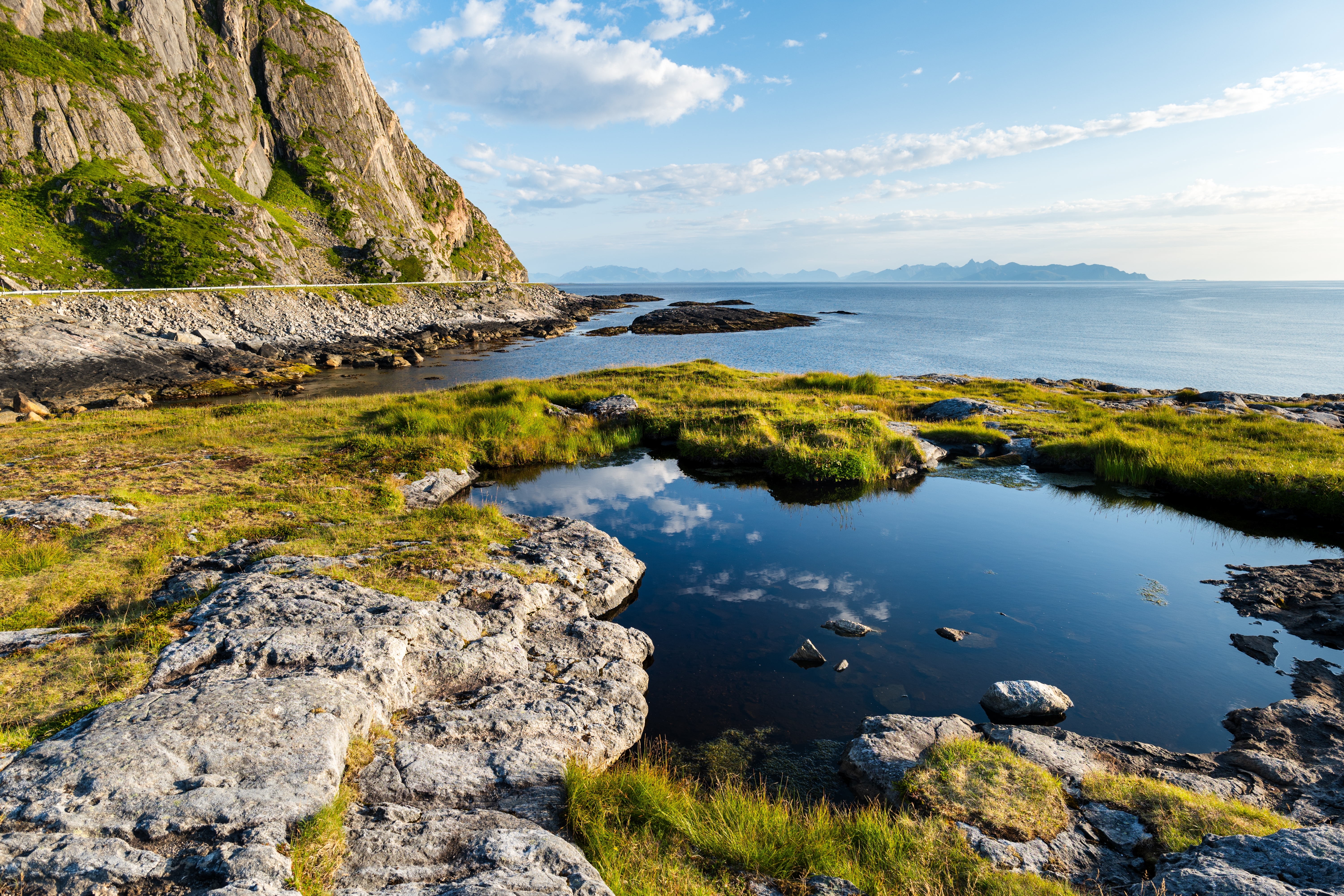 Andoya scenic natural © Shutterstock
Andoya scenic natural © Shutterstock
He came up with this term after working with communities who were affected by mining in Australia, and he was interviewing people who had seen their home landscapes changed beyond recognition by the intervention of mining. He realized that there was no word for this particular form of distress that they were suffering. I have always been drawn to people, to activists, and activists tend to proliferate where there is crisis. One of them, for example, is Bjørnar Nicolaisen, who is a Norwegian anti-oil drilling activist who lives on the northern islands, on the island of Andoya, up near Arctic Norway. Bjørnar was so distressed by what was happening to the land and seascape around him that he fell into a very deep depression. When I went to travel with him, be with him and see through his eyes, he had re-emerged, re-energized as an activist and was fighting against the pain of solastalgia that would come if transformation deepened around him.
Hope is a discipline
Over the past few years in particular, I have come to think that hope is a discipline and despair is a luxury. If I take the second of those phrases first, despair is a luxury because, having traveled with the activists, the land and water defenders whom I have watched, the power that they are confronting, I have seen them nevertheless indefatigable and indeed radical in what they imagine might be possible. For me to despair, having seen their lack of despair, would be a luxury on my part.
Hope is a discipline. On the one hand, hope requires imagining the world otherwise, and on the other, it requires the organization, the work and labor to realize that world, to build the new in the shell of the old. Hope, I sometimes say, is the thing with rivers, adapting the Emily Dickinson line, "Hope is the thing with feathers that perches in the soul." If you give them a chance, rivers' life pours back. The most hopeful thing, or one of the most hopeful things, that has happened in the past year or so is the de-damming of the Klamath River in Oregon and California.
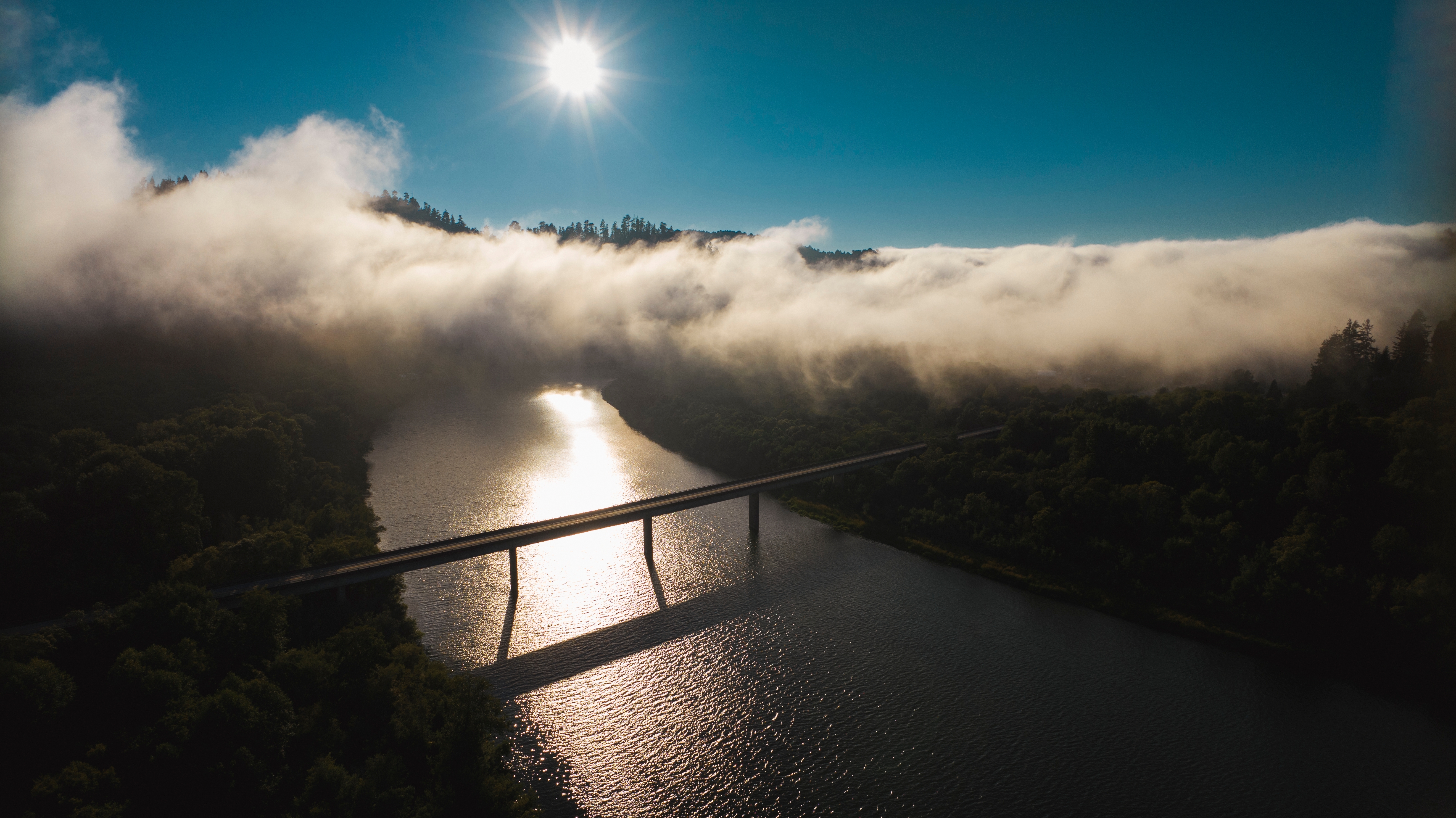 Klamath River © Shutterstock
Klamath River © Shutterstock
That was imagined by a group of tribal nations in the first instance and then built in terms of alliance until it became possible, and three massive dams were dismantled. It took a quarter of a century, but they came down, and within days of the final dam being dismantled, the first salmon were seen passing the site where the Iron Gate Dam had once stood. For the first time in a century, migrating salmon were able to reach the headwaters of the Klamath River and spawn. Before the dams went up, the Klamath had been the third biggest salmon run on the Pacific coast, and the whole watershed, in just under a year since the dams came down, has begun to revive. Hope is the thing with rivers.
Giving back to the land
We are legacy-leaving creatures, and we can leave harms as our legacies, or we can leave gifts as legacies. I have come to think more and more about gift. The gift gives on, says Marcel Mauss in his great study of gift theory. The idea that things are non-transactional and do not require proportional recompense is very attractive to me. The idea of giving not just to people but to the land makes very good sense to me. When I was traveling down this big river, the Mutacao Hipu, the Magpie River, in northeastern Quebec, I was given a pouch of tobacco by Rita Mestokosho, an Innu poet and community leader, and she said to me every morning, give a pinch of tobacco to the land and a pinch to the water. I did so for the 12 days that I was on the river.
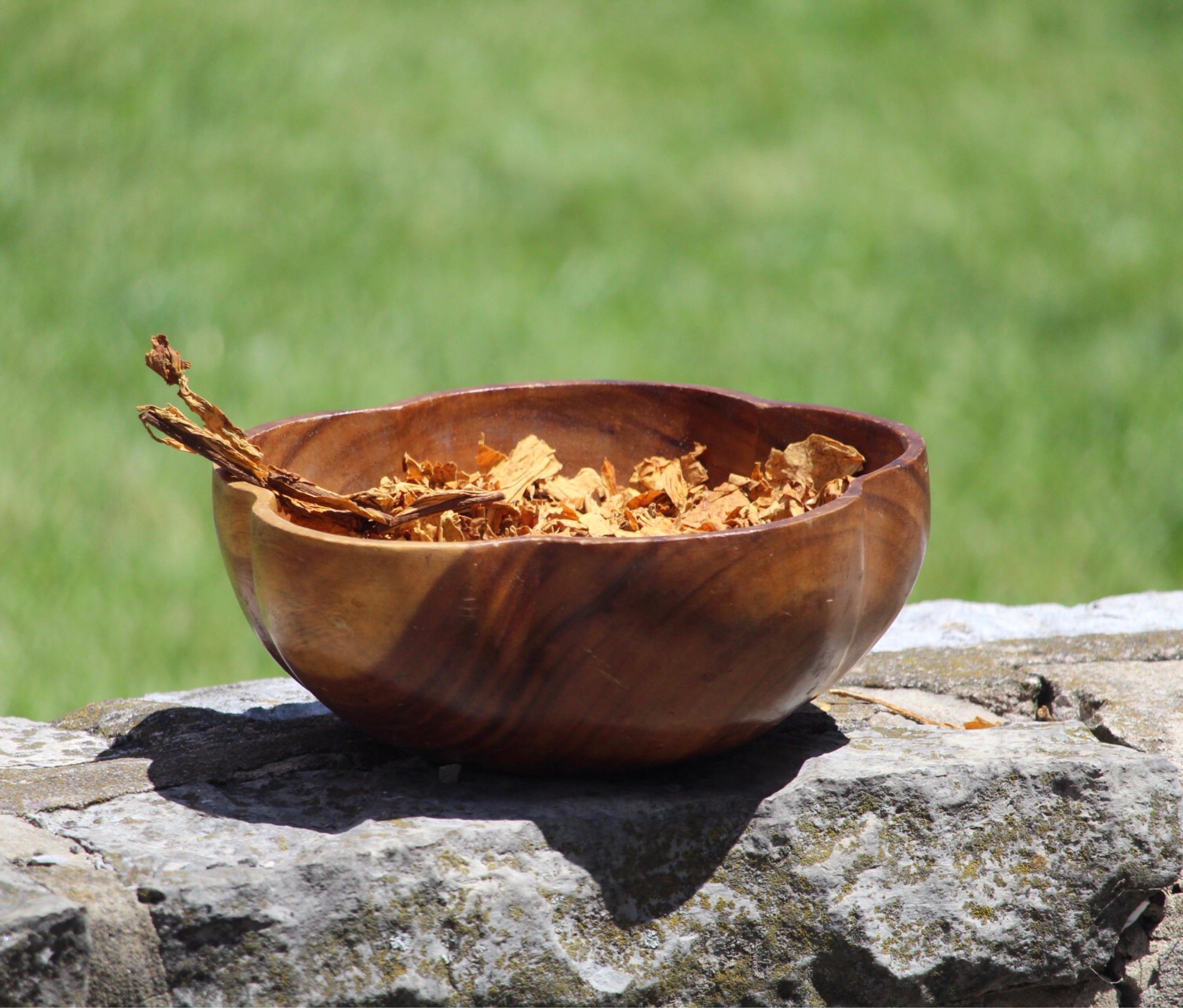 © Shutterstock
© Shutterstock
It became very, very natural to me. Trying not to sound too pious, I write for people, but at some level I am also writing back to the landscape that has given me so much over the years and continues to do so.
The question of life
I began this big book about rivers, "Is a River Alive?", actually thinking I was going to write a book about life. 'Is a river alive?' was one of three questions, the other two being 'Can a mountain remember?' and 'Does a forest think?' — pressing at where we draw the boundary between life and not life. When I traveled this big river in Quebec, Nitassinan, Rita Mestokosho said to me that I would be able to ask one question of the river but that it had to be the right question. If it was the right question, it would be answered by the river.
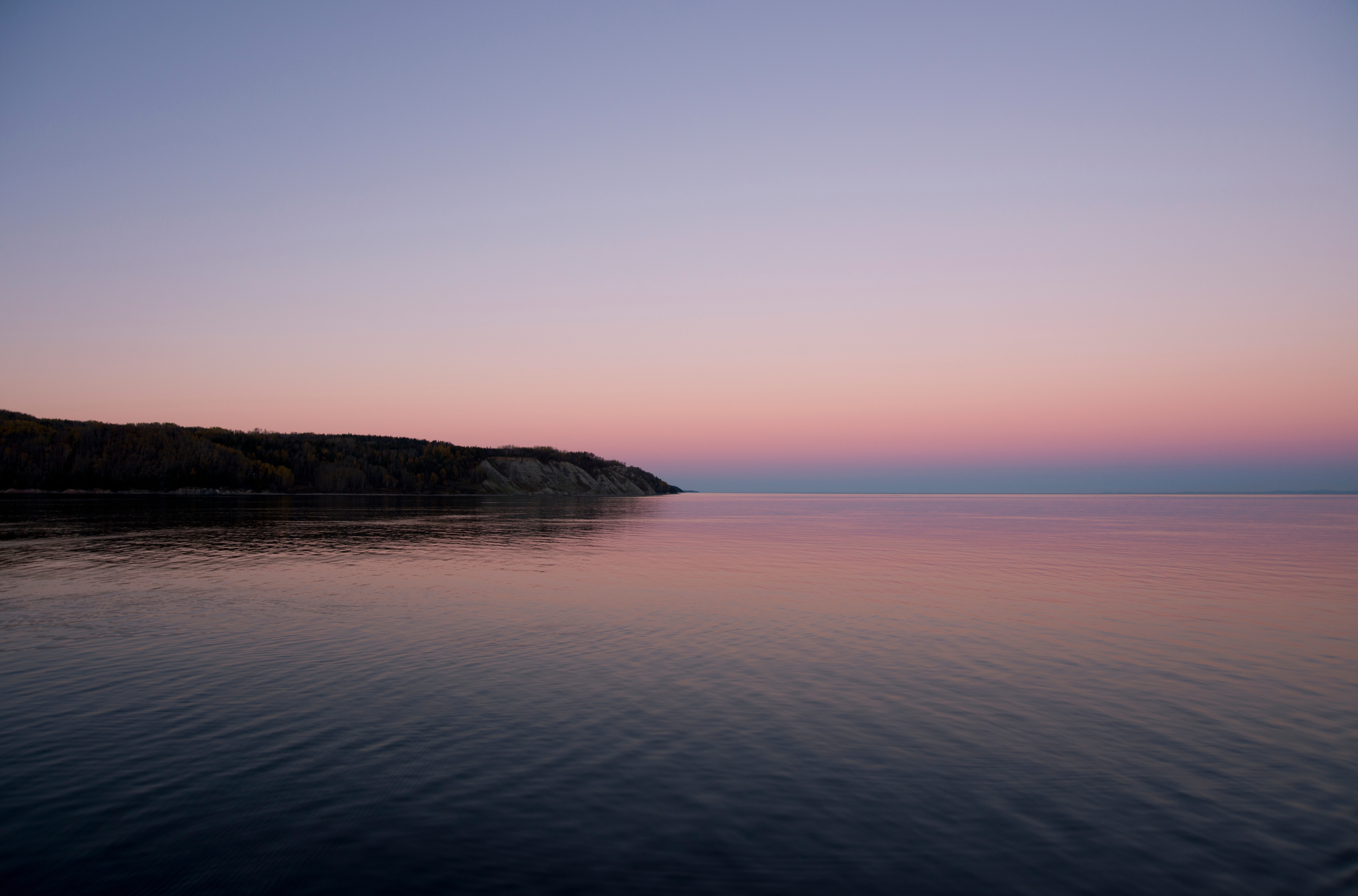 The Saguenay River, Quebec; © Robert Harding Video via Shutterstock
The Saguenay River, Quebec; © Robert Harding Video via Shutterstock
I came to realize at the very end of that metaphysically and physically very turbulent and demanding journey that the question was the question that had carried me to that point, which was, 'Is a river alive?' The answer was a tumultuous and resounding yes from the river.
Editor’s note: This article has been faithfully transcribed from the original interview filmed with the author, and carefully edited and proofread. Edit date: 2025
Discover more about
nature’s rights
Macfarlane, R. (2025). Is a River Alive? Hamish Hamilton.
Macfarlane, R. (2019). Underland. Penguin.
Macfarlane, R. (2015). Landmarks. Penguin.
Macfarlane, R. (2007). The Wild Places. Granta.
Macfarlane, R., & Morris, J. (2017). The Lost Words. Hamish Hamilton.
Macfarlane, R., & Morris, J. (2020). The Lost Spells. Hamish Hamilton.
Bonneuil, C., & Fressoz, J. B. (2016). The shock of the Anthropocene: The Earth, history and us. Verso.
Rancière, J. (2013). The politics of aesthetics. Bloomsbury.
Mauss, M. (2001). The gift: The form and reason for exchange in archaic societies. Routledge.
Mestokosho, R. (2011). Comment je perçois la vie, Grand-Mère: Eshi uapataman Nukum. Beijbom Books.
Crutzen, P. J., & Stoermer, E. F. (2000, May). The Anthropocene. Global Change Newsletter, 41, 17–18.
Albrecht, G., et al. (2007). Solastalgia: The distress caused by environmental change. Australasian Psychiatry, 15(Suppl 1), S95–S98.